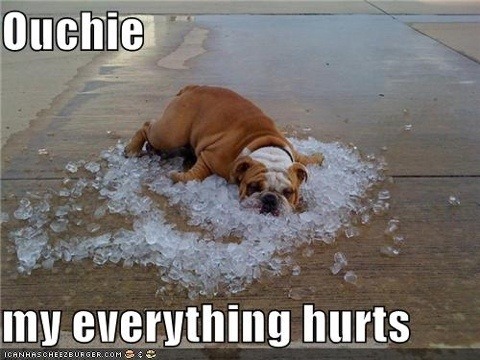 Alright race fans, here it is. You're final 4 weeks of training. You will do your last long run three weeks out from the race. Unlike the beginner plan, the long run peaks at 14 miles, a distance you will have run several times before the big day. This means, you have trained OVER the distance of the half marathon and should be able to "easily" handle 13.1. You will notice there is still do plenty of race pace throughout this training block.
Alright race fans, here it is. You're final 4 weeks of training. You will do your last long run three weeks out from the race. Unlike the beginner plan, the long run peaks at 14 miles, a distance you will have run several times before the big day. This means, you have trained OVER the distance of the half marathon and should be able to "easily" handle 13.1. You will notice there is still do plenty of race pace throughout this training block.
If you haven't been doing so up to this point, you definitely want to be practicing your race day nutrition plan during your long runs. What will you eat before and during your run? What will you drink? Will you carry water with you? These may seem like small details but can make a huge difference. Practicing and knowing what combinations work for you means one less thing to have to worry about on race day.
Be sure you are listening to your body and pay extra attention to any little niggles you may be feeling. Rest and recovery becoming increasingly important as you get closer to the race. And you can't ignore the all important taper!
You're almost there! Just a few more weeks of hard work and you and you can reap the rewards!
Run for your lives,
Bree



